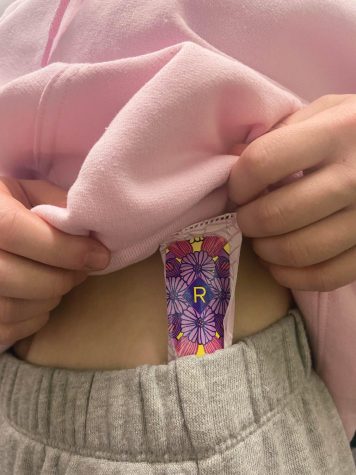Men’s vs. Women’s mental health
February 5, 2022
For decades, mental health stigmas have become more and more relevant to people of all ages, but especially teenagers.
A junior talked with me about the extent to which people truly deal with mental health issues. “I know a lot of people who have dealt with problems, myself included.”
We asked him about coping mechanisms next. “I really just pushed on, just knowing other people rely on me. I rely on myself too. I also think mental health is a serious issue.” He said.
“If you ever need help with it, you can definitely reach out to someone trusted or even authorities if you need it that badly. And if you’re really on the edge you should really check yourself into a ward.” He went on.
With social media becoming our main source of collective information, awareness for mental illness has become widely accessible, and thus brought light to men’s mental health.
Statistically, men are much less likely to properly treat mental illness than women. According to the Mental Health Foundation, the male suicide rate is three times higher than the rate for females, and only 36 percent of therapy referrals are for men.
Another student shared his personal experience with mental health over his life. He discussed the fact that he found it easy to not focus on the negative.
“As far as I know, I’ve always been a happy and optimistic person. I really haven’t dealt with that too much. On days where I’m not feeling too good, I usually just tend to think of the bright side, and think of what I’m looking forward to and that usually always helps me continue on and helps me not really have any mental health issues,” He said.
Women find therapy much more accessible, due to the negative stigmas surrounding gender roles. Men are typically pushed to handle their emotions and struggles in silence.
Certified psychologist Dr. Shirley Willis addressed these stigmas during an interview about the changes in men regarding therapy.
When asked if there was a noticeable difference in number between male and female clients, Willis responded, “Yes, definitely. Men are taught to be strong, not to cry, to ‘get over it.’ To be a hard worker, but not emotional. Many men in the past were finding an inability to call in, or schedule therapy, due to the standard people put onto them.”
This standard can be harmful because it teaches children and adults that showing emotion or facing your feelings in a healthy way is a sign of weakness, when in fact it is the complete opposite.
With the introduction of social media, especially the realm of infographics and self-help programs, it seems as though the mentality is dissolving.
“A lot of women call. But men, more so than ever before, are calling. A lot of people are getting more educated, more aware, and it’s wonderful because more men are coming in.”
From a high school standpoint, several male students claimed that they were, or are currently, shying away from seeking therapy or addressing mental health because they are meant to be stronger than their struggles.
“I was stressed out for the longest time, but I thought it would be better to just try to work through it on my own,” A female student said.
Most women in high school have also begun to notice that their male friends aren’t as open and understanding of their mental health.
“I’ve talked about mental health stuff with my friends before, and it almost seems like some of my friends find it unnatural or unfamiliar,” A female sophomore explained. “It makes me sad because everyone deserves to get help if they need it.”
Regardless of stigmas created by society, mental health affects everyone, especially after a two year lockdown. Getting help should never seem like anything less than self-care. Everyone deserves it, regardless of gender, sexuality, ethnicity, etc.
